The guy who wrote the article mentioned took out a patent if anyone is interested
https://worldwide.espacenet.com/pub...n_EP&FT=D&date=19630410&CC=GB&NR=923235A&KC=A
He says he made about 15 engines based on the principal and that they performed better than similar bore/stroke on srun on traditional flash steam but as we don't see masses of them there were obviously issues. But really depends if the OP wants to build an engine for efficiency or just to see if teh principal works.
he does not state the cylinder material but from the couple of sketches I doubt very much it or the head are cast iron, pistons are carbon.
https://worldwide.espacenet.com/pub...n_EP&FT=D&date=19630410&CC=GB&NR=923235A&KC=A
He says he made about 15 engines based on the principal and that they performed better than similar bore/stroke on srun on traditional flash steam but as we don't see masses of them there were obviously issues. But really depends if the OP wants to build an engine for efficiency or just to see if teh principal works.
he does not state the cylinder material but from the couple of sketches I doubt very much it or the head are cast iron, pistons are carbon.





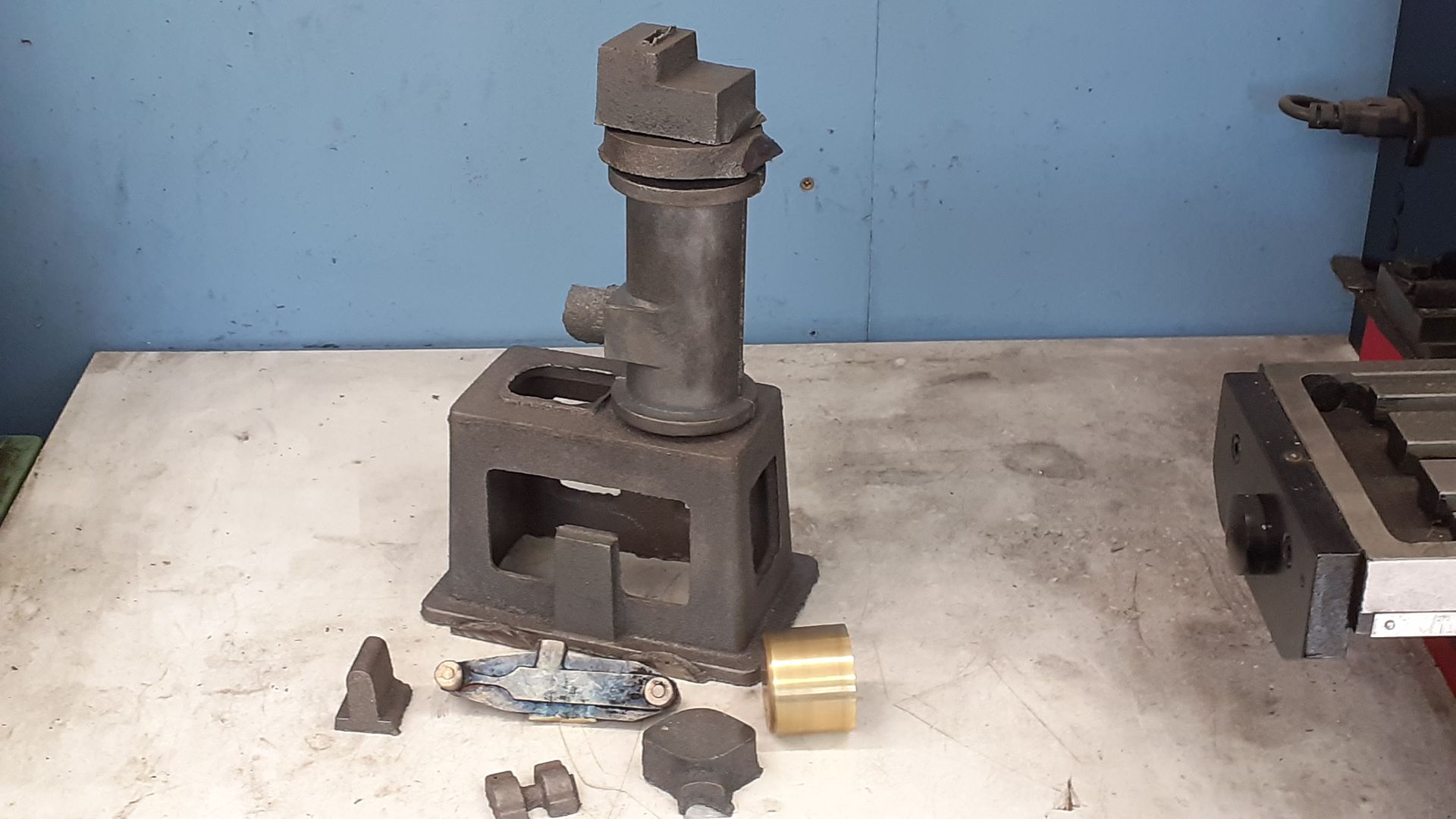
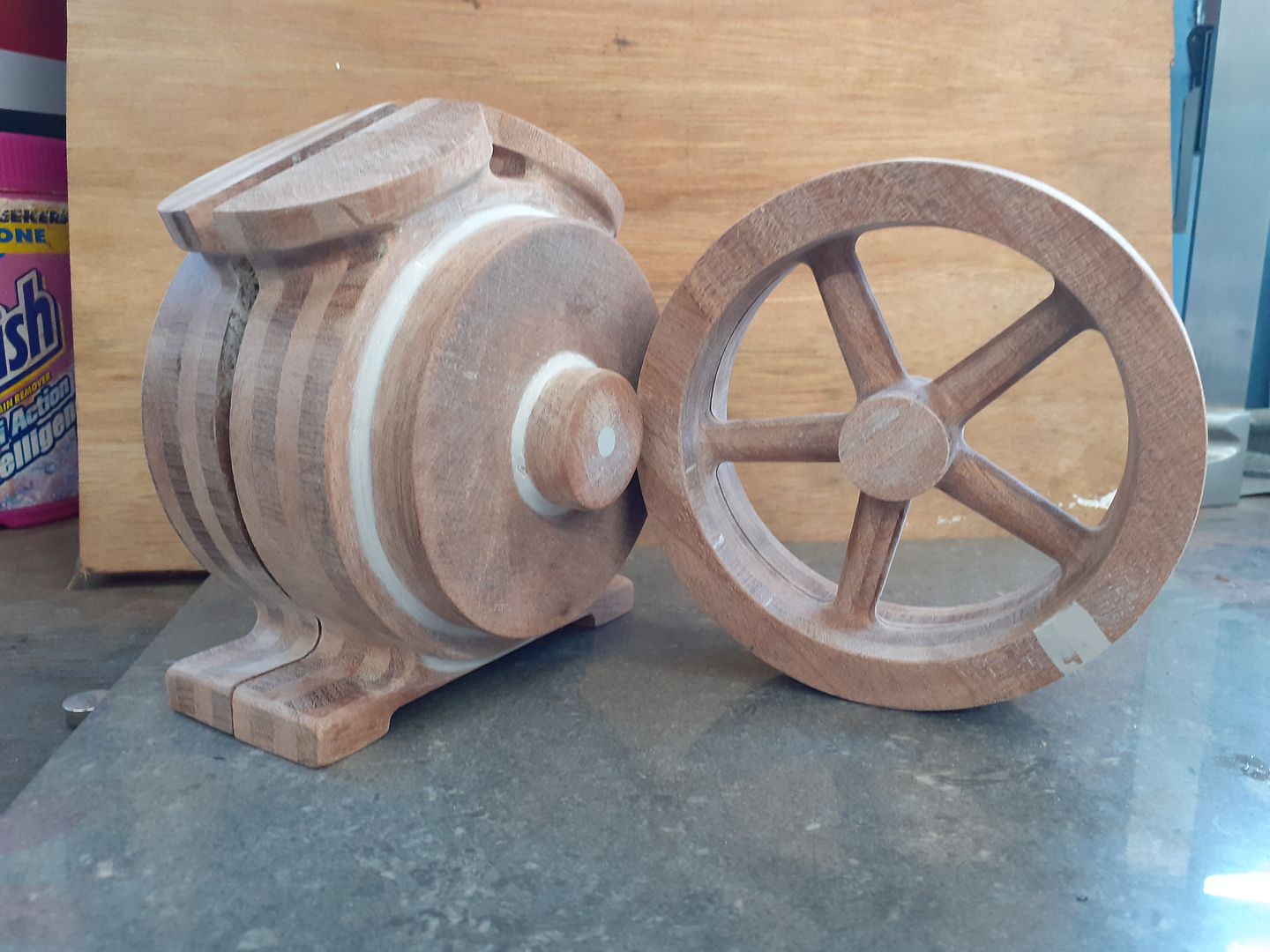
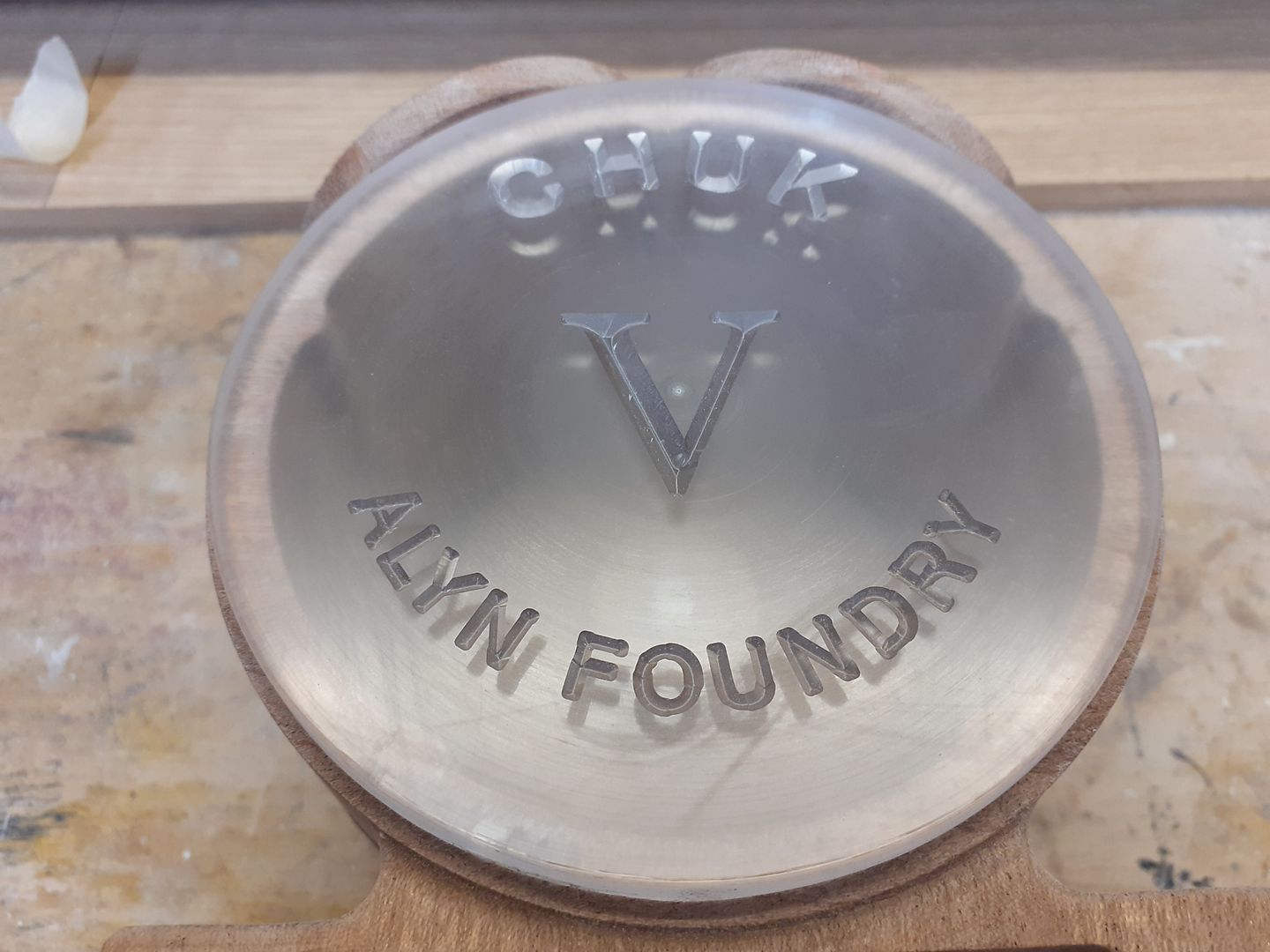
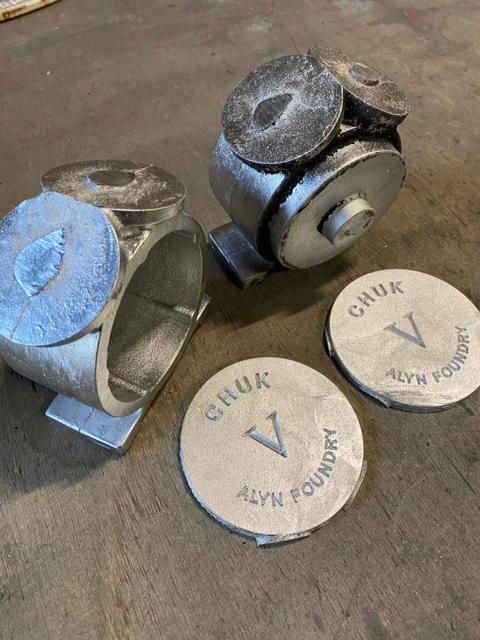
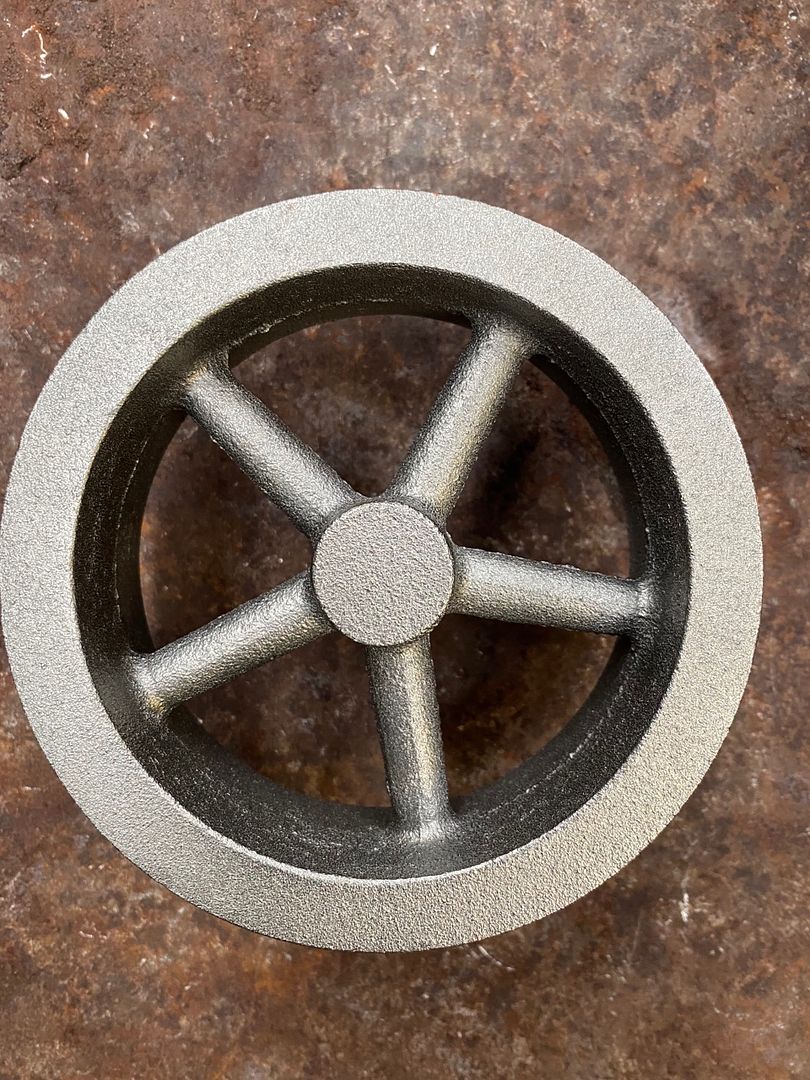








![MeshMagic 3D Free 3D Modeling Software [Download]](https://m.media-amazon.com/images/I/B1U+p8ewjGS._SL500_.png)














































![DreamPlan Home Design and Landscaping Software Free for Windows [PC Download]](https://m.media-amazon.com/images/I/51kvZH2dVLL._SL500_.jpg)

